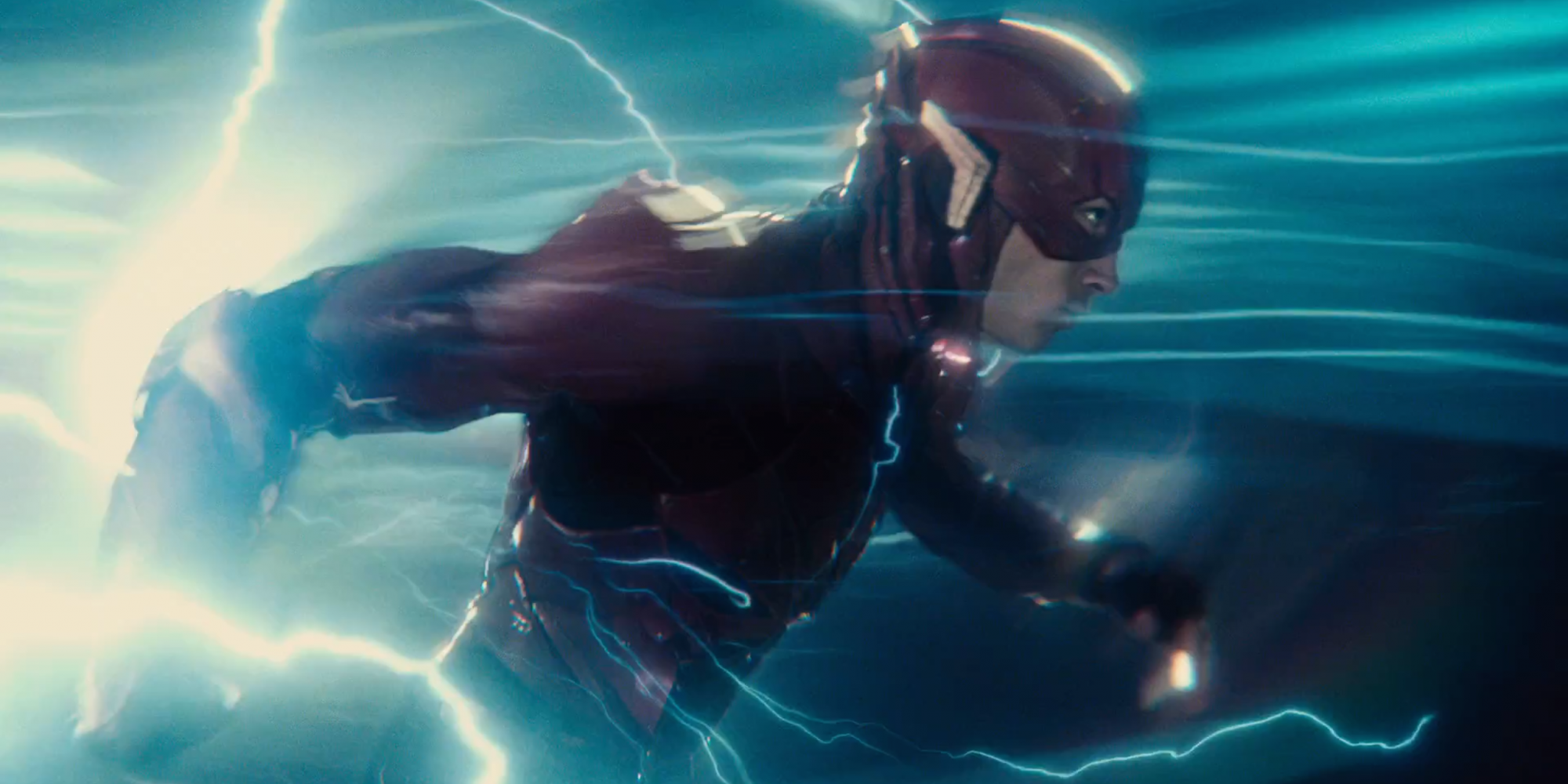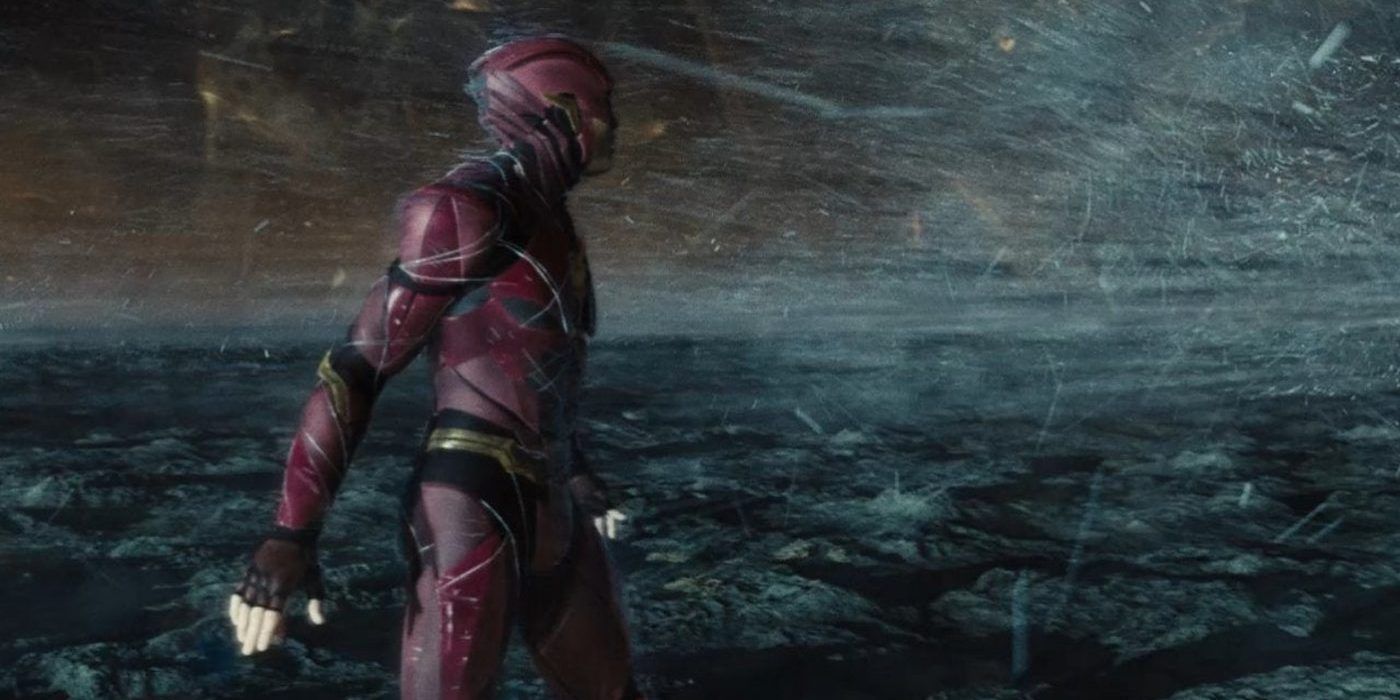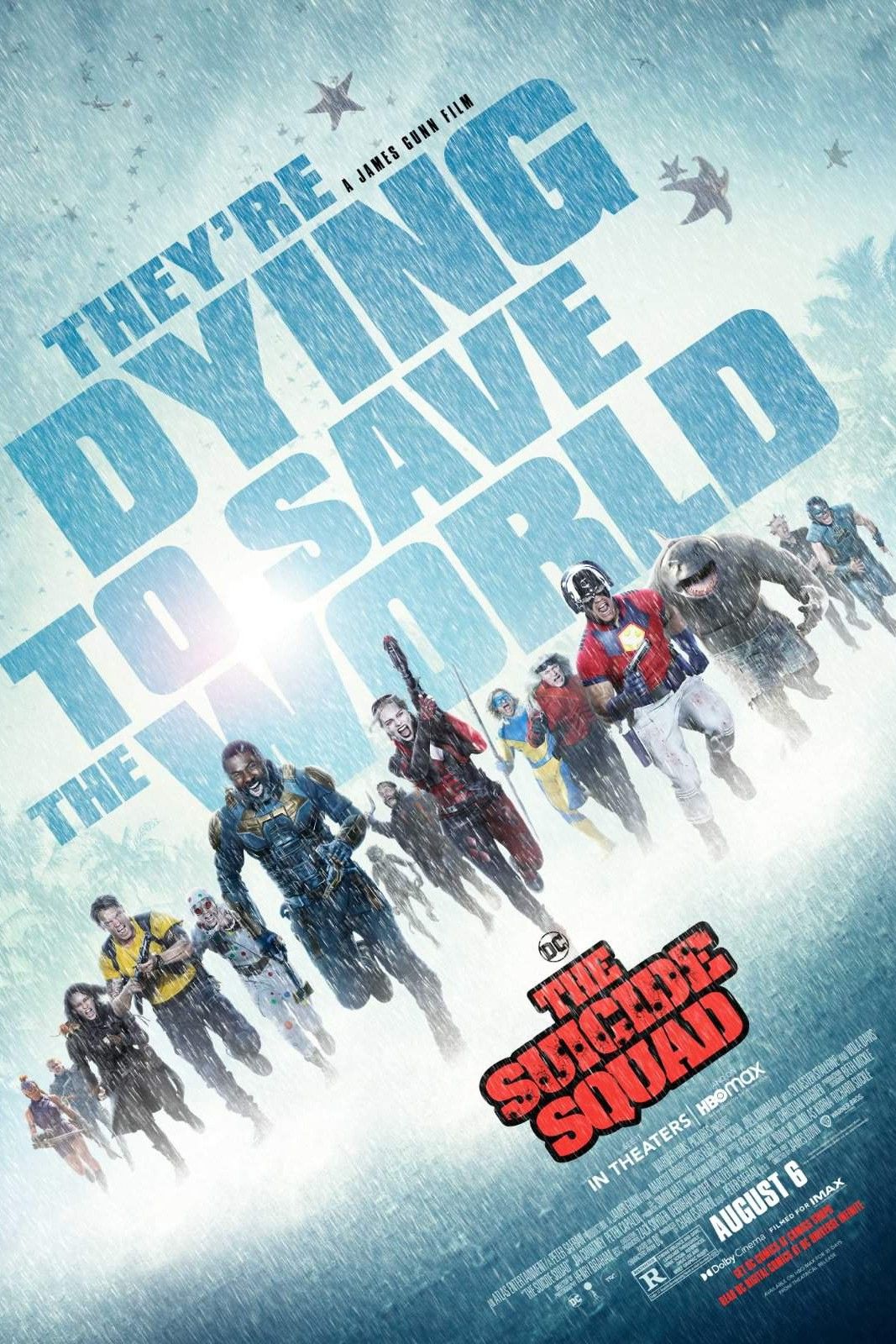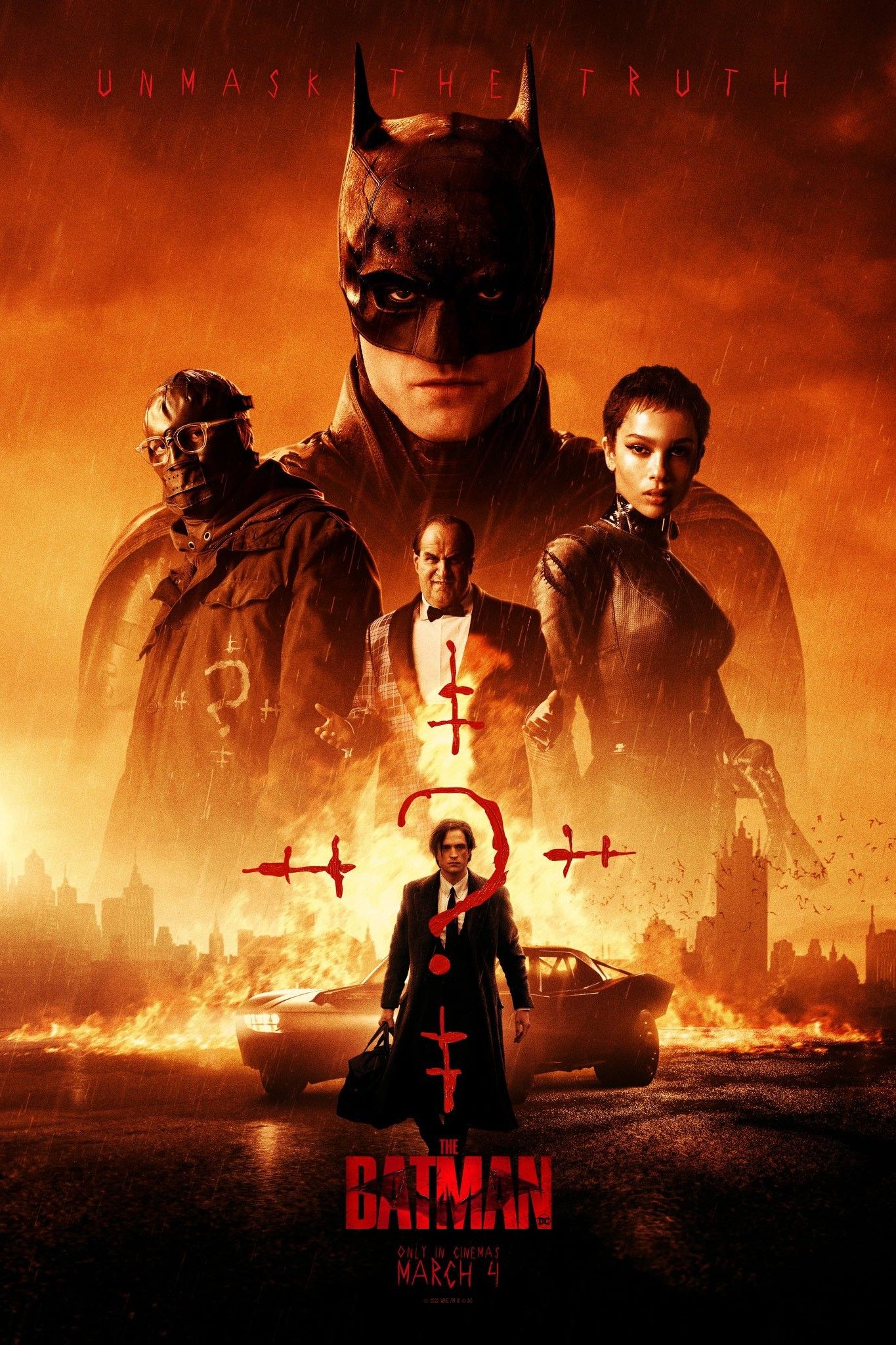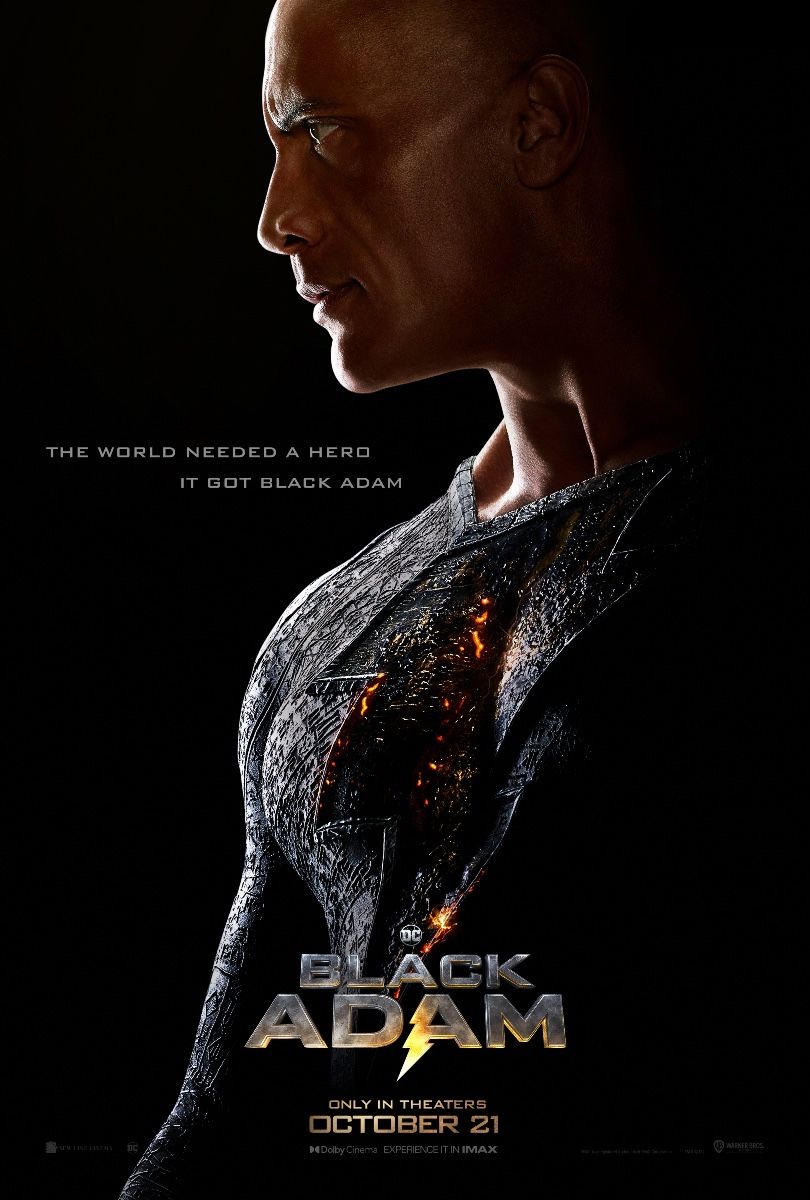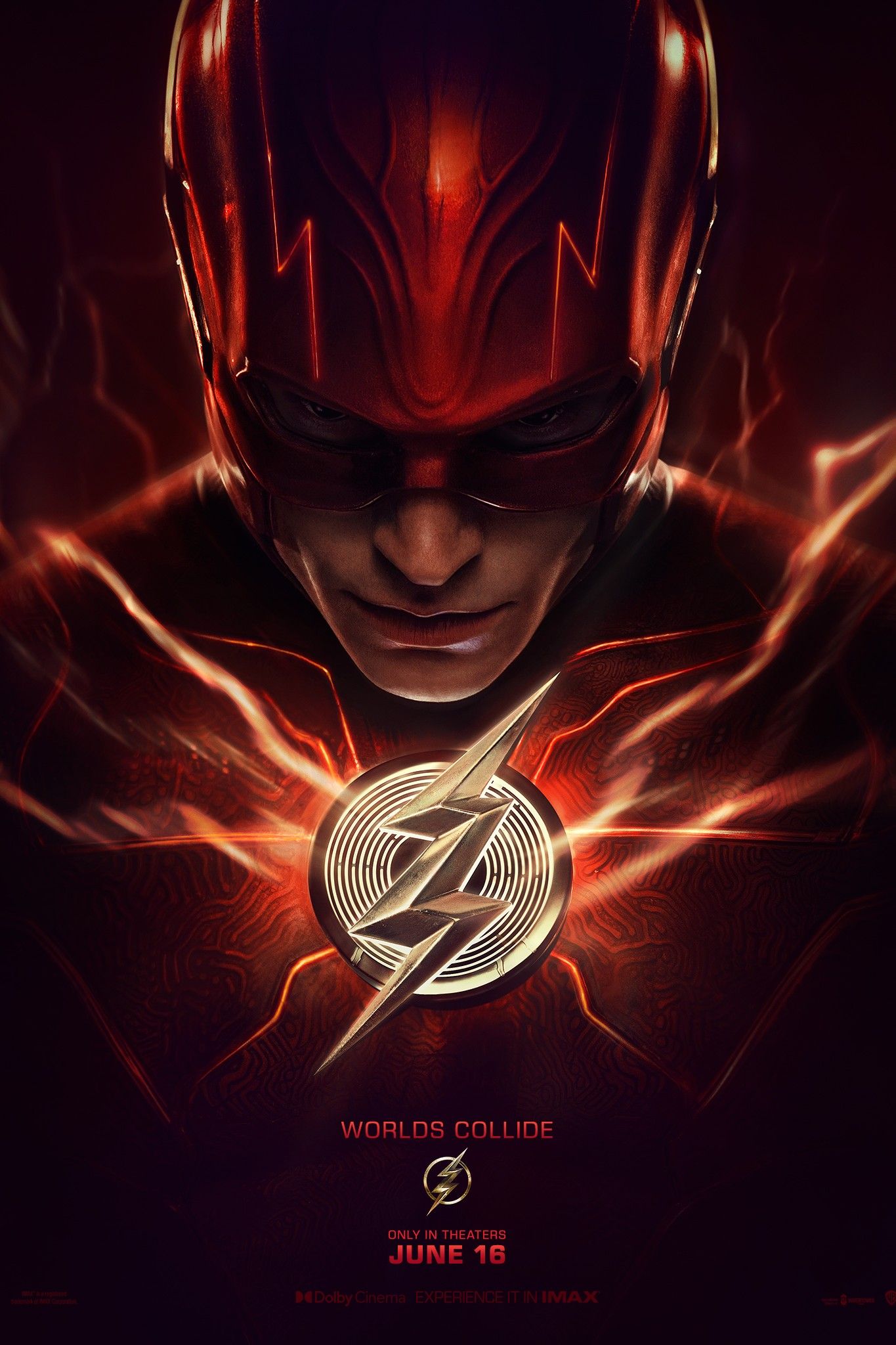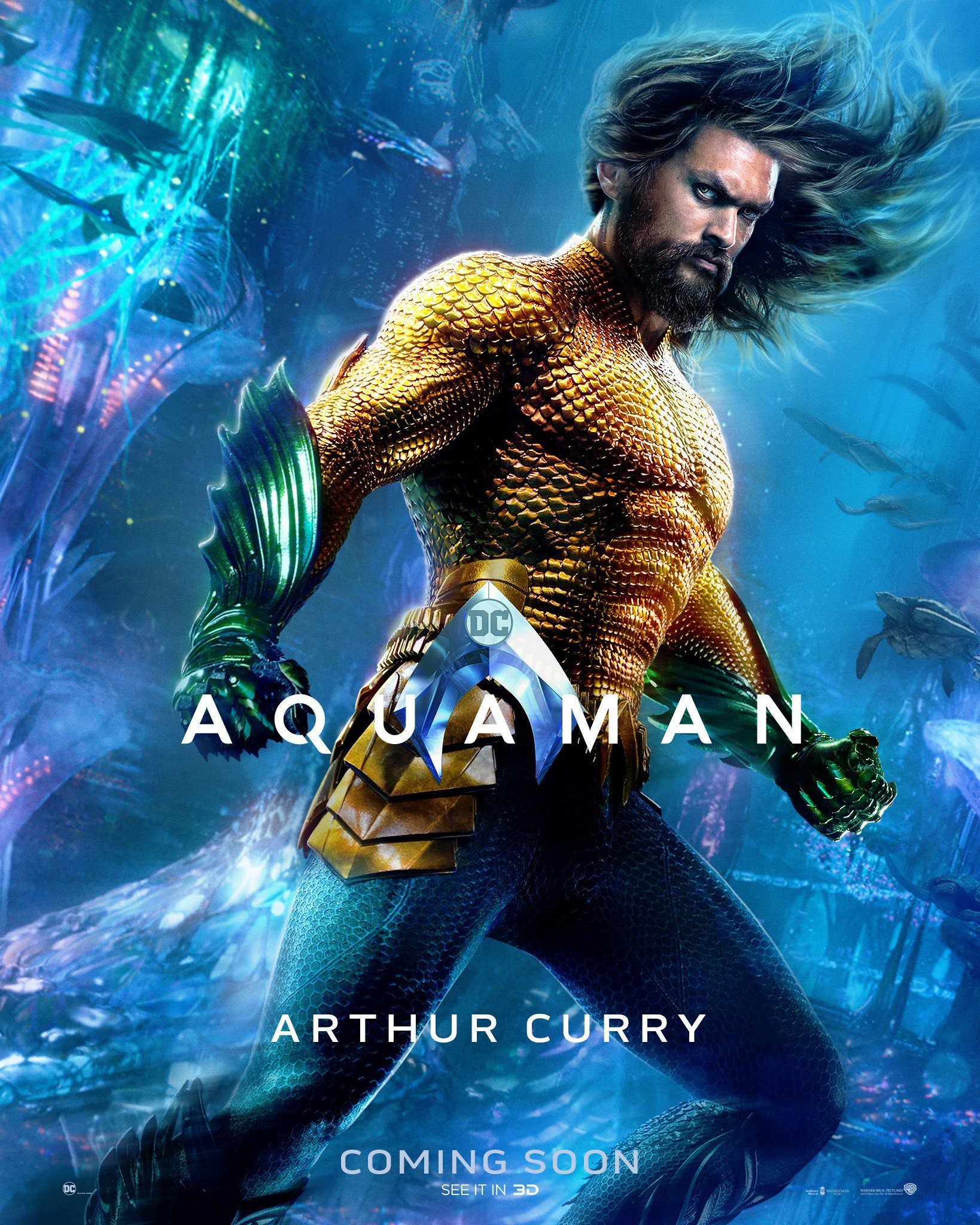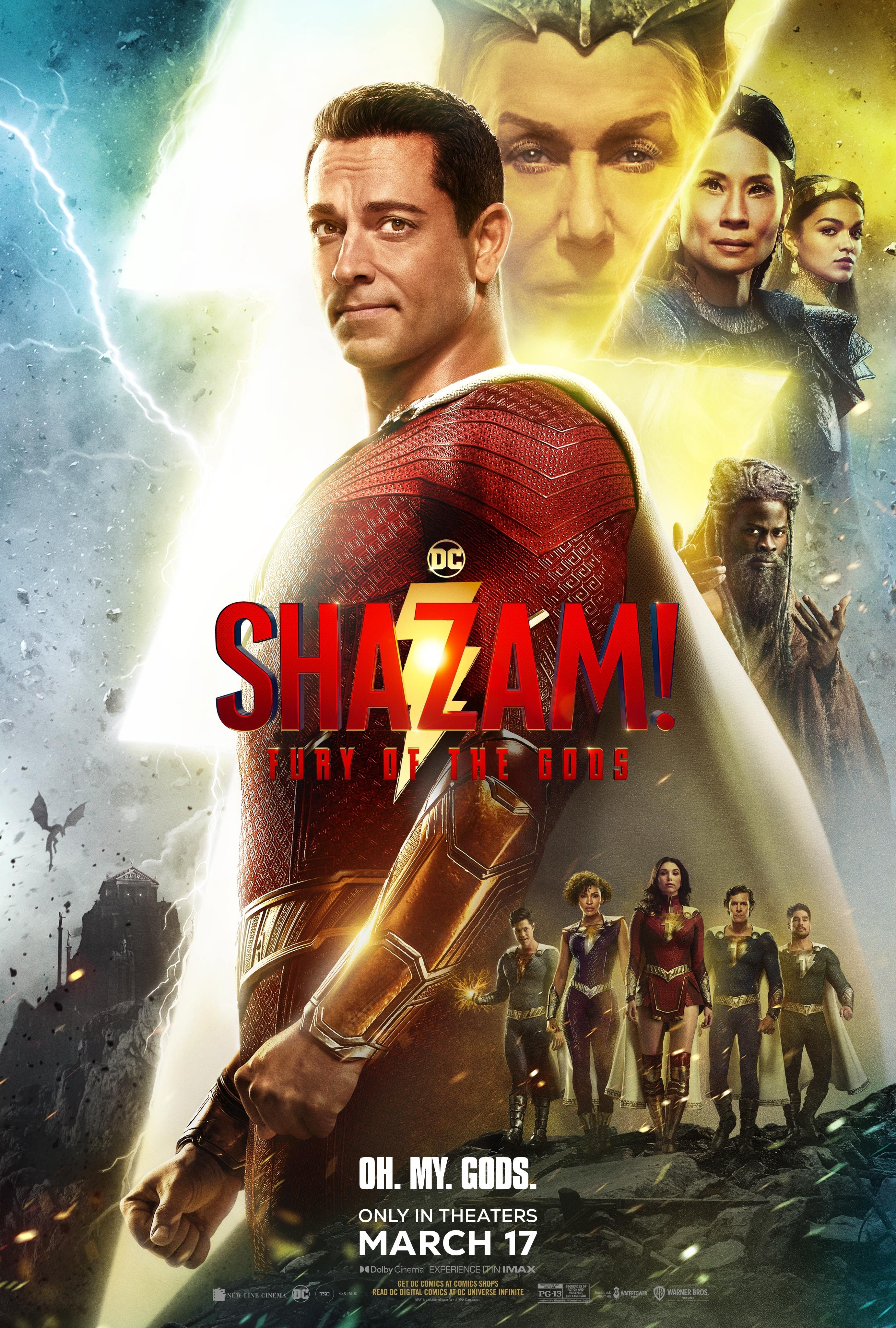The VFX supervisor for Justice League, Bryan Hirota, says Zack Snyder originally described the Flash’s time-travel surroundings as a series of miniature Big Bangs. Unlike 2017’s theatrical cut, Snyder’s Justice League sees our heroes fail in their attempts to stop Steppenwolf from terraforming the Earth. The Mother Boxes destroy everything as Barry Allen/Flash (Ezra Miller) watches from afar; “just gotta go faster than the speed of light,” he tells himself, “far beyond the speed of light. You gotta break the rule, Barry, and you gotta do it now.” Barry then manages to turn back time as the world reassembles itself.
Flash’s use of time-morphing "Speed Force" isn’t utilized in Joss Whedon’s Justice League (2017)—our heroes defeating Steppenwolf by other, underwhelming means (fear?). The Snyder Cut’s climatic time-travel sequence is not only thrilling and visually stunning but caps off a more rewarding character arc. Thanks to Snyder’s vision, Barry is now experienced due to experimentation with his abilities (as exhibited in his introductory scene saving Iris West). In the theatrical cut, Barry is essentially a coward who pushes people and runs away, incapable of making spur-of-the-moment, existential decisions concerning the fate of the world. Audiences are dumbfounded by Whedon’s decision to overhaul the development of many characters and cutting epic scenes with Flash.
In our interview with Scanline’s Hirota, the VFX supervisor discussed restoring two hours of Snyder’s original footage including Flash’s cosmic scenes. When asked how much creative freedom he had in their design, he spoke on the parameters given to him by Snyder:
“For the cosmic rewind bit, Zack had some descriptions of what he wanted: the mother boxes destroy everything and leave Flash ultimately in some kind of void, and as Flash takes off and is running faster than he's ever run before, Zack wanted the world to rebuild around him. He imagined that there was, with each of Flash's footsteps, these mini big bangs beneath him go along with the story that he's rebuilding the universe.”
Barry rebuilding the world around him foreshadows since-abandoned, Apokolipic plans for the Snyder-Verse. As seen in the Knightmare sequences, Justice League’s sequels would’ve explored a future where Darkseid conquers the Earth and Superman succumbs to the Anti-Life equation; Batman, Barry, and other members of the league desperate to change time via a cosmic treadmill. Sequels aside, Speed Force has proven too valuable not to feature on the big screen. Warner Bros’ upcoming The Flash film will explore Barry’s ability to access the Multiverse—which will presumably allow the studio to pull from DC’s entire filmography moving forward, even projects that aren’t considered canon.
Like Barry’s footsteps rapidly expanding matter, Snyder and company salvaged his Justice League for HBO Max. That said, the #ReleaseTheSnyderCut movement not only resurrected a 4-hour cut many never thought would see the light of day but took fans back to 2017; imagining a world where Snyder’s vision was released in theaters and his universe expanded as planned. Many hope that the Snyder Cut will act as its own Big Bang and catalyst for restoring the Snyder-Verse. Regardless, the astute description of Flash’s time-travel surroundings (in line with comic book lore) is yet another example of Snyder’s familiarity with the genre.

